It is rare that a domestic horse winds up in the forest. And when it happens it’s usually not long before the wayward steed is reunited with its rightful owner. Such was the case in June 2015 when stable horse Crackerjack went missing and her forest adventure began. Since the riding stable backed up to the forest it was presumed that’s where she went. Word spread to be on the lookout for her. So when one of our advocates was out in the forest looking for wild horses to watch and photograph she also kept her eyes open for the grey mare. Grey is not a color of the Heber wild horses in the Black Mesa Ranger District.
Crackerjack had been on the lamb for over two weeks when the advocate spotted her in the company of two young stallions who were fighting over her. The advocate called the mare’s human to come and retrieve her. When he arrived he walked up to Crackerjack and slipped the halter on under the watchful eyes of the two stallions who made it clear by their demeanor that they were not happy that the mare they had been fighting over was being led away and loaded into a horse trailer.
A forest can be a treacherous place for a domestic horse who is used to having her meals served to her in the safety and comfort of her corral or stall. With water always available and hooves trimmed and shod, the life of a domestic horse is very different from that of the wild ones. After just 17 days of living in the wild, Crackerjack had lost weight, developed lameness, had numerous kick and bite marks on her, and the hair around her eyes was missing due to pesky flies. Good care and time healed her.
The following year Crackerjack gave birth to a beautiful healthy foal as a result of her walk on the wild side.
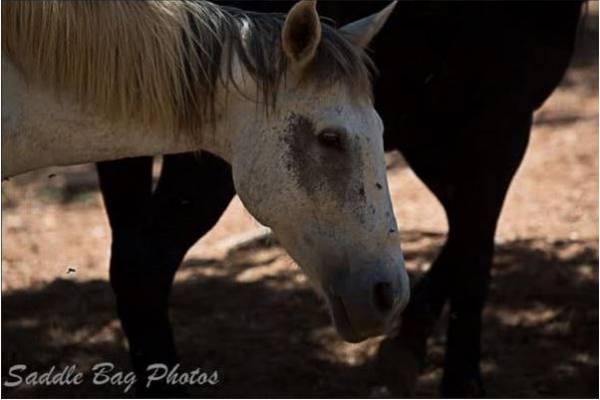
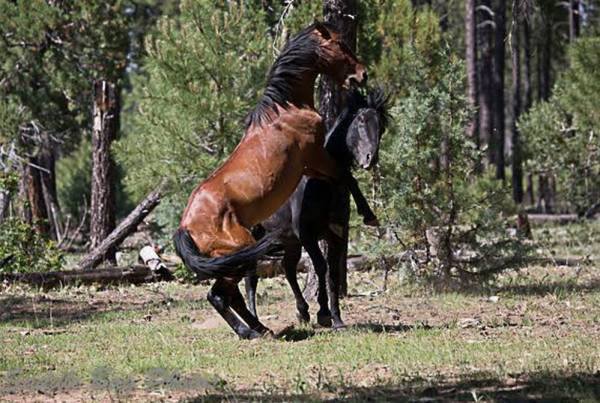
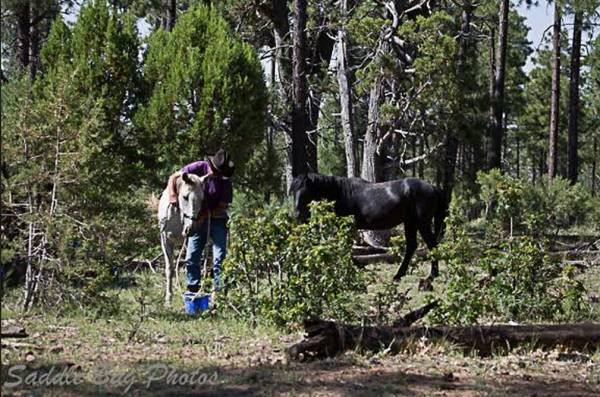
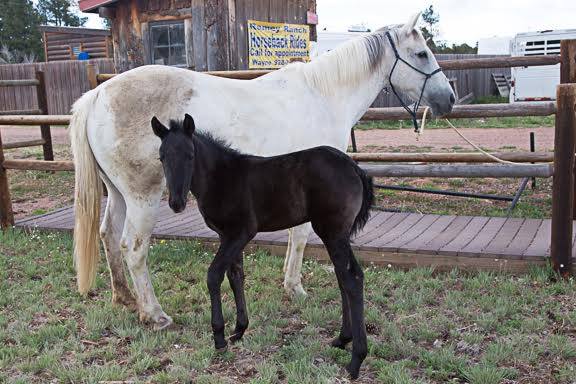
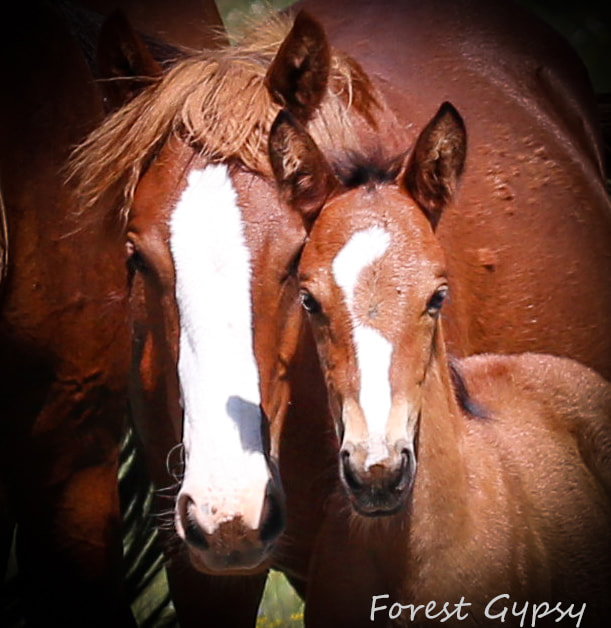
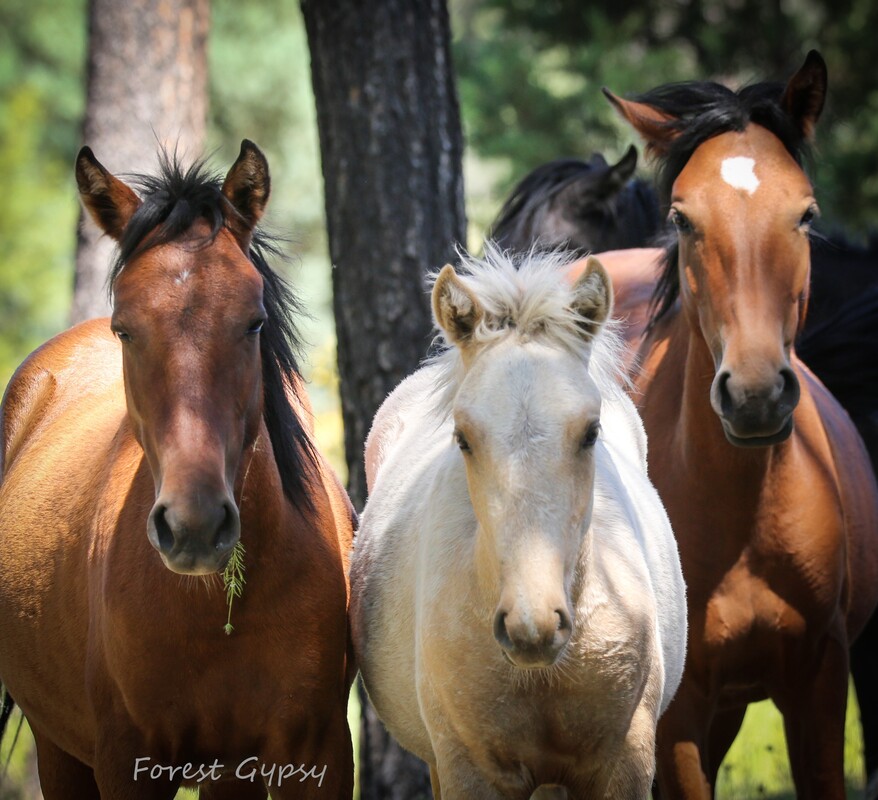
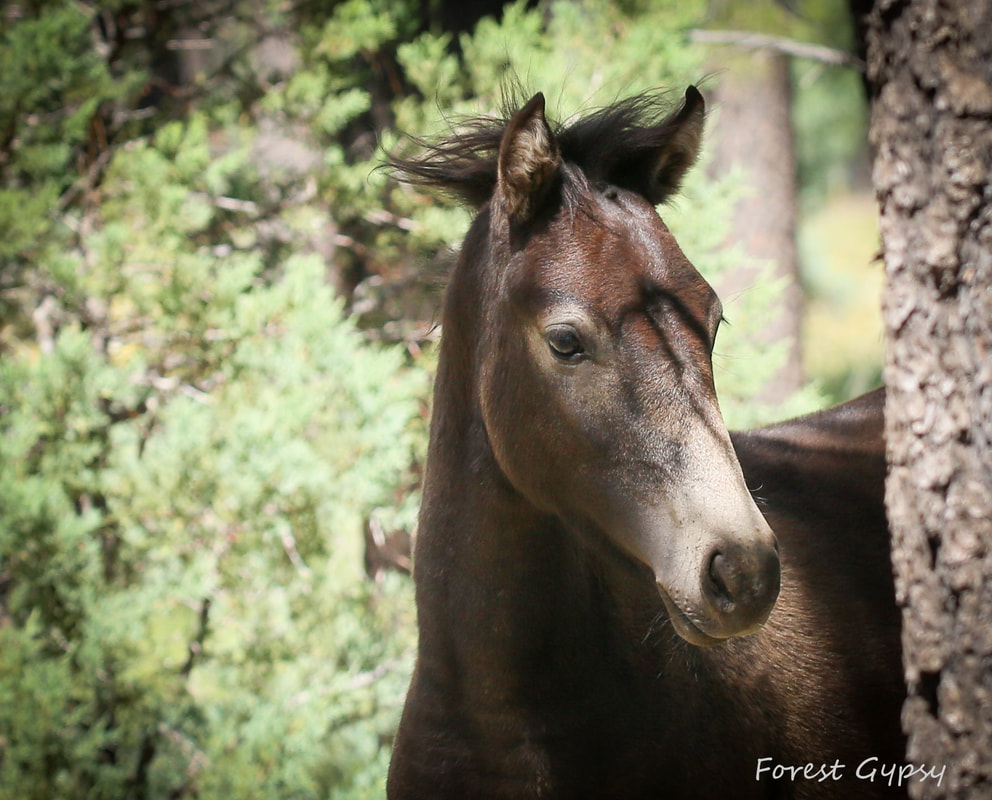
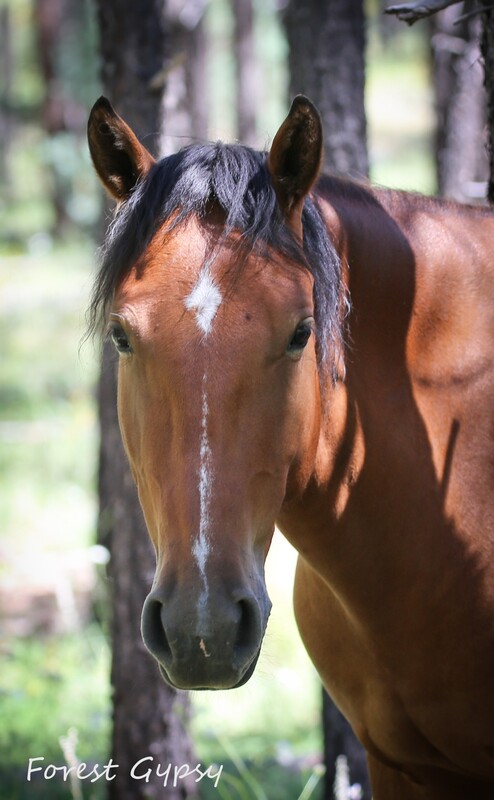
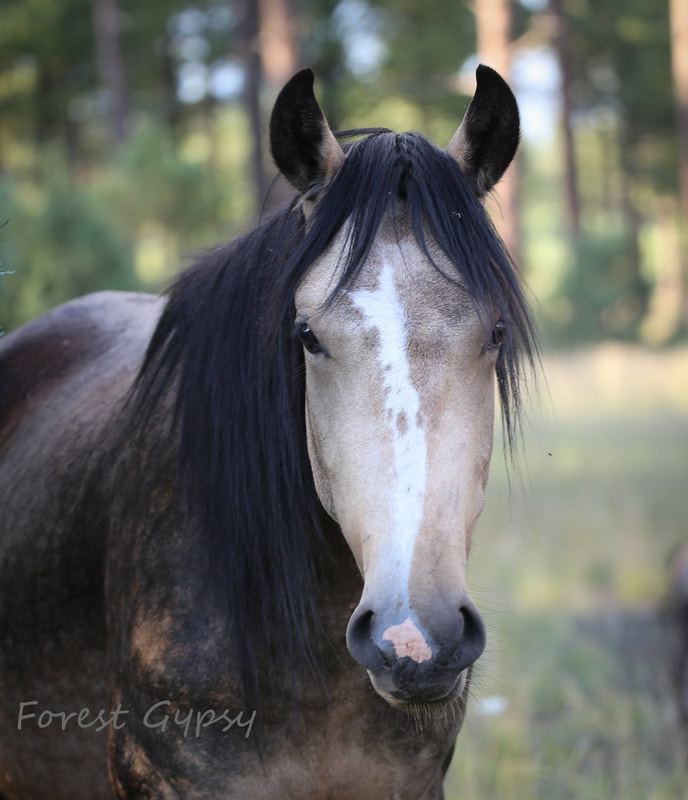
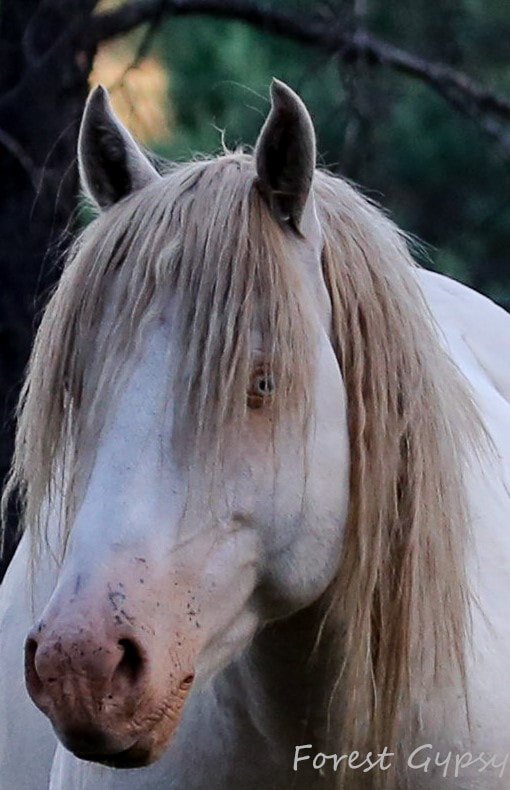
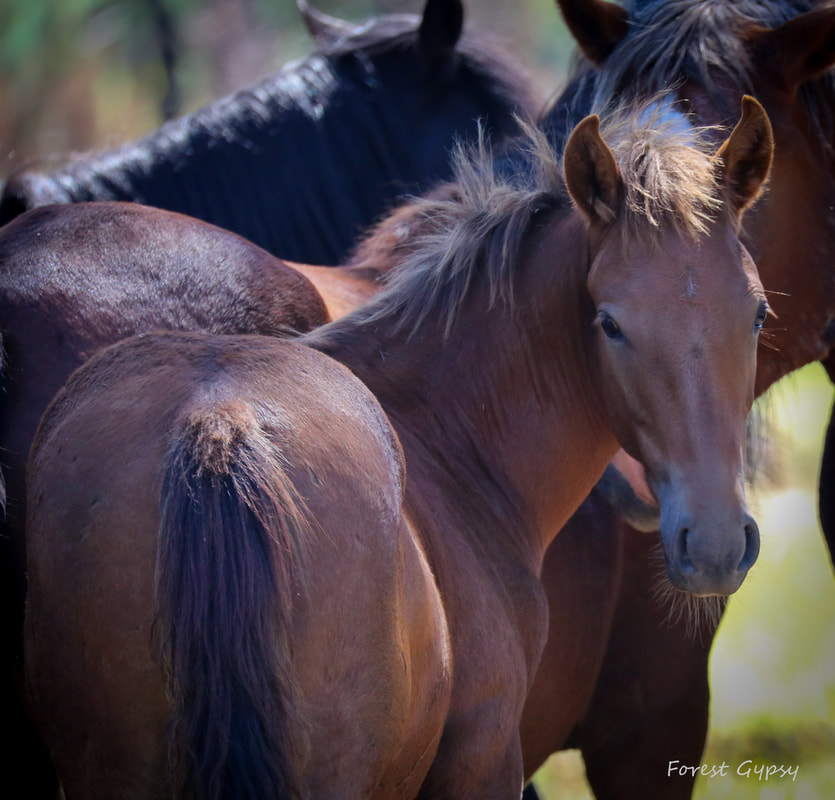
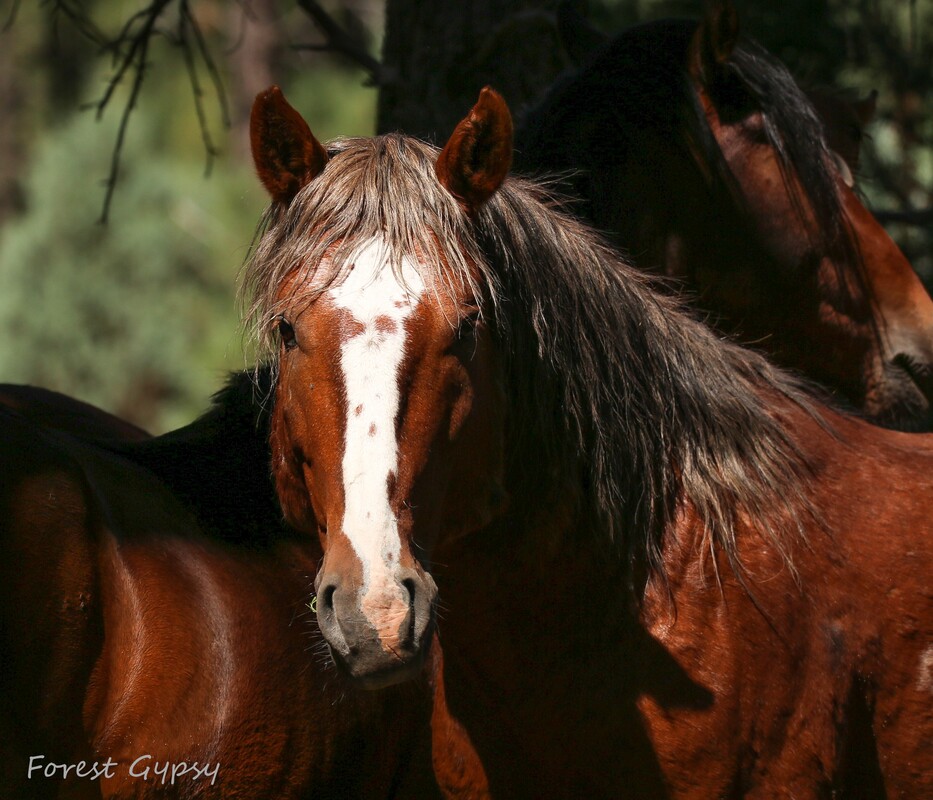
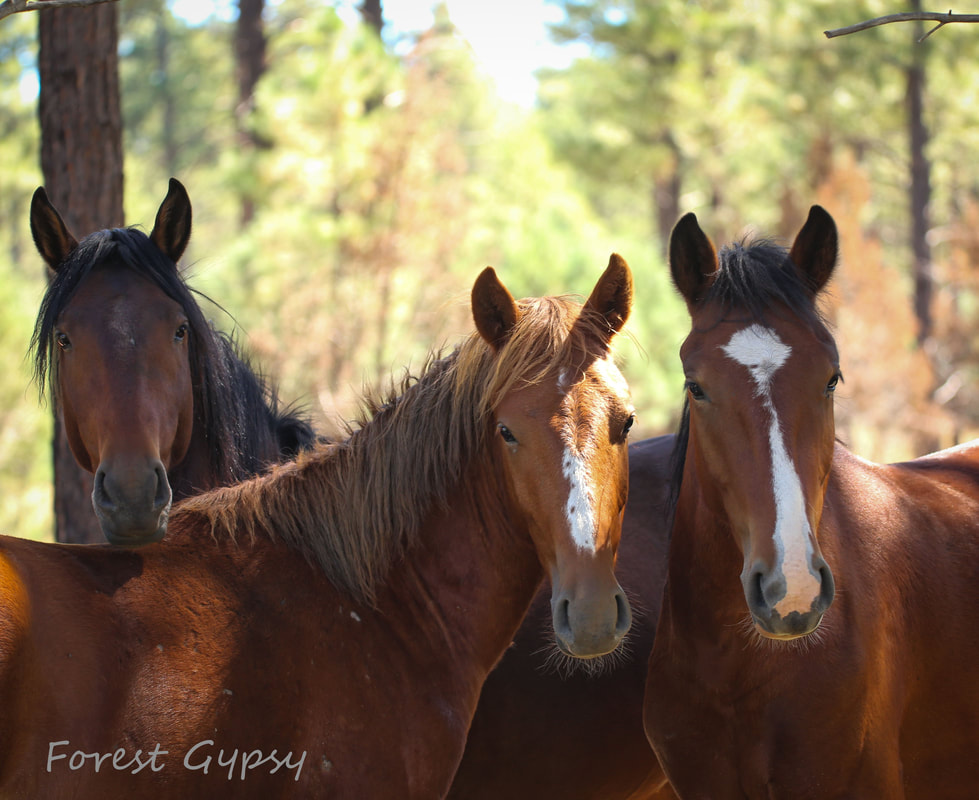
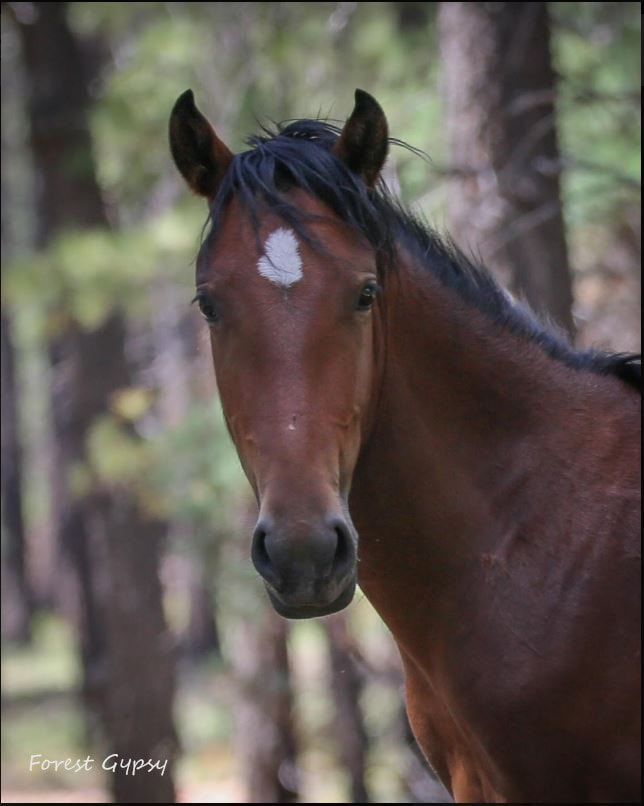
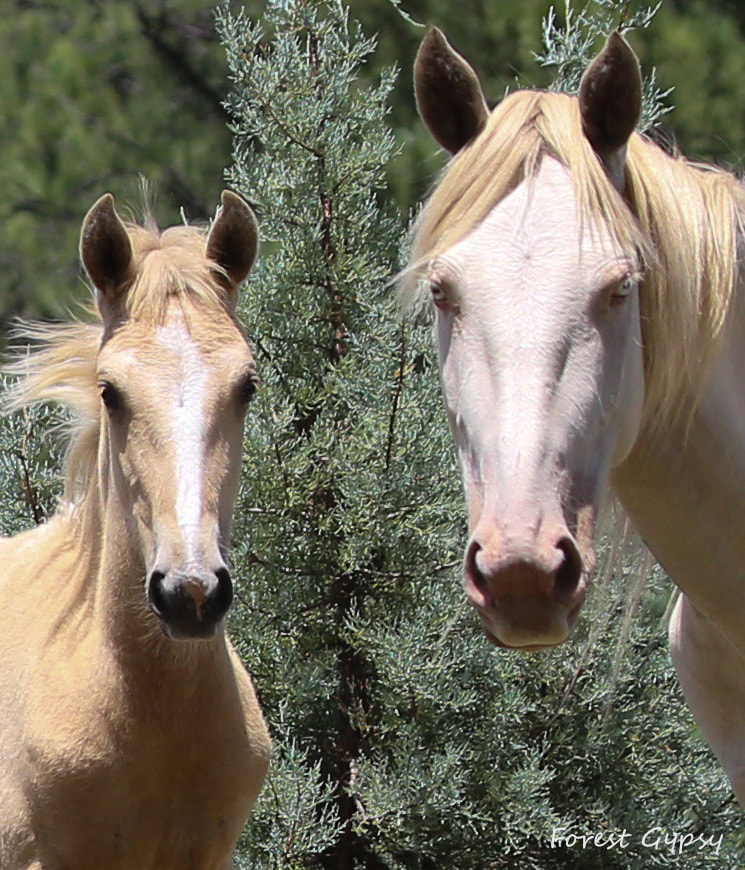
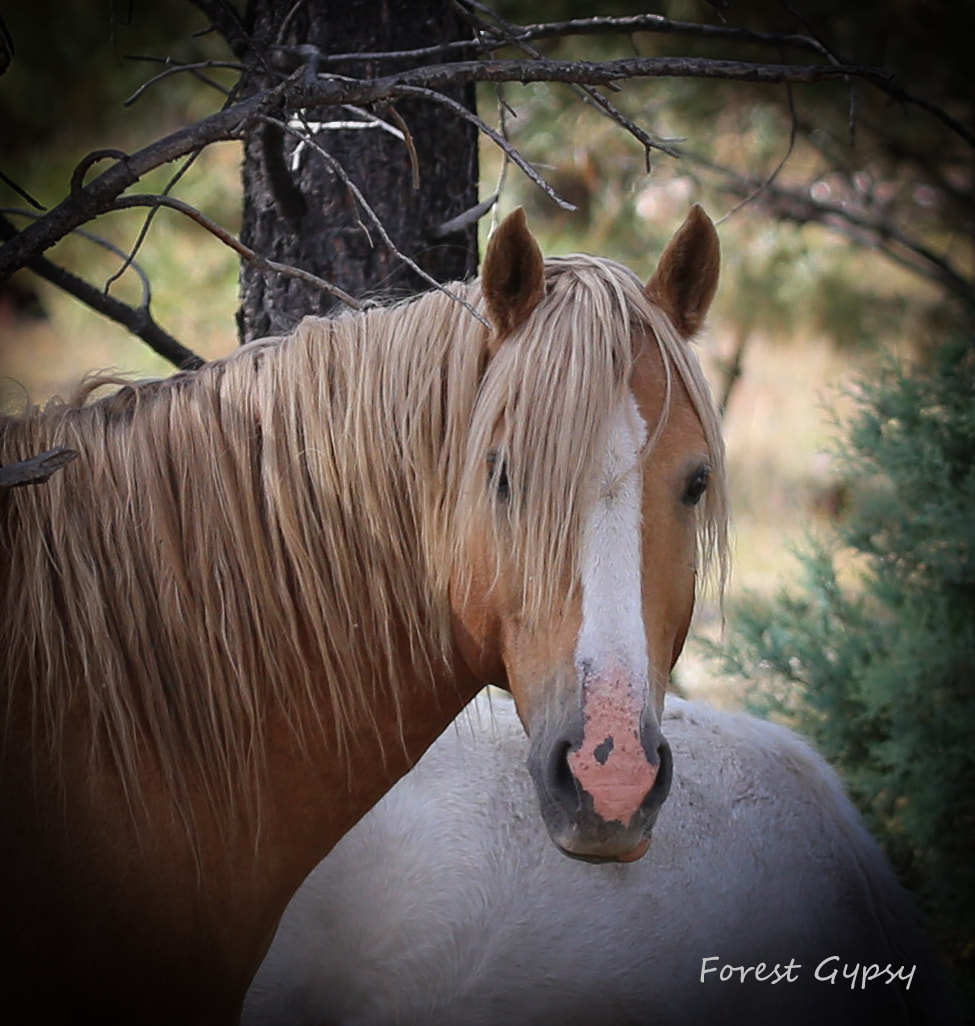
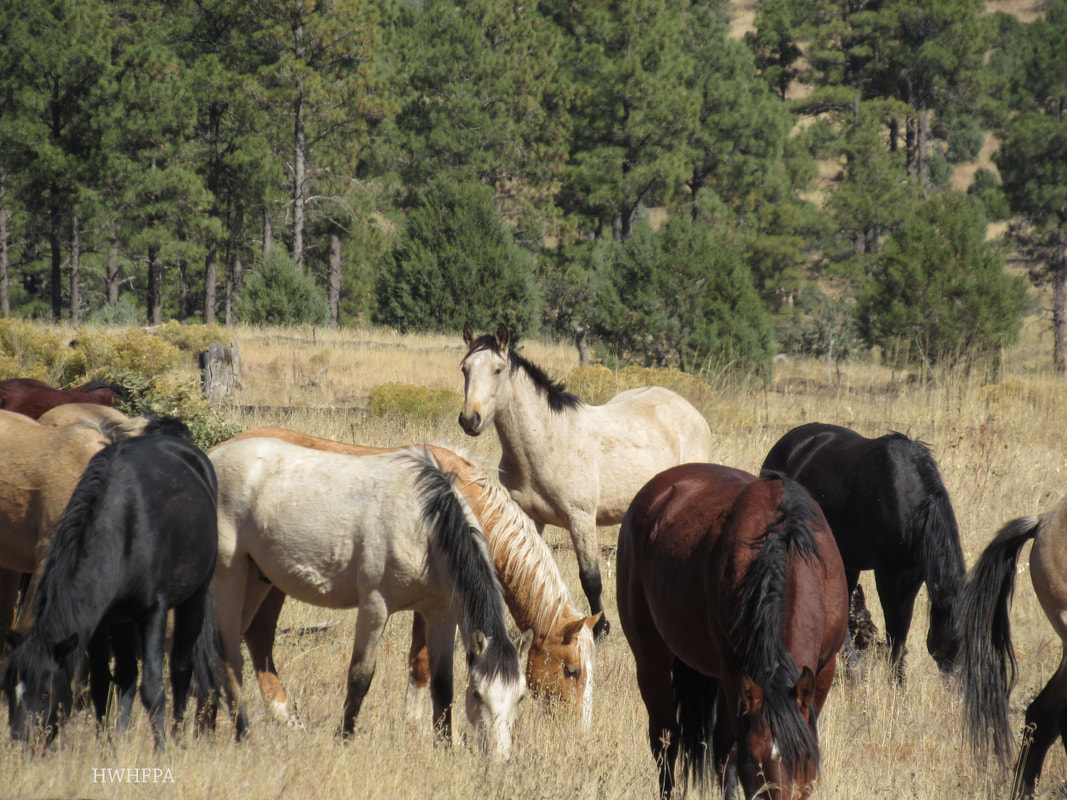
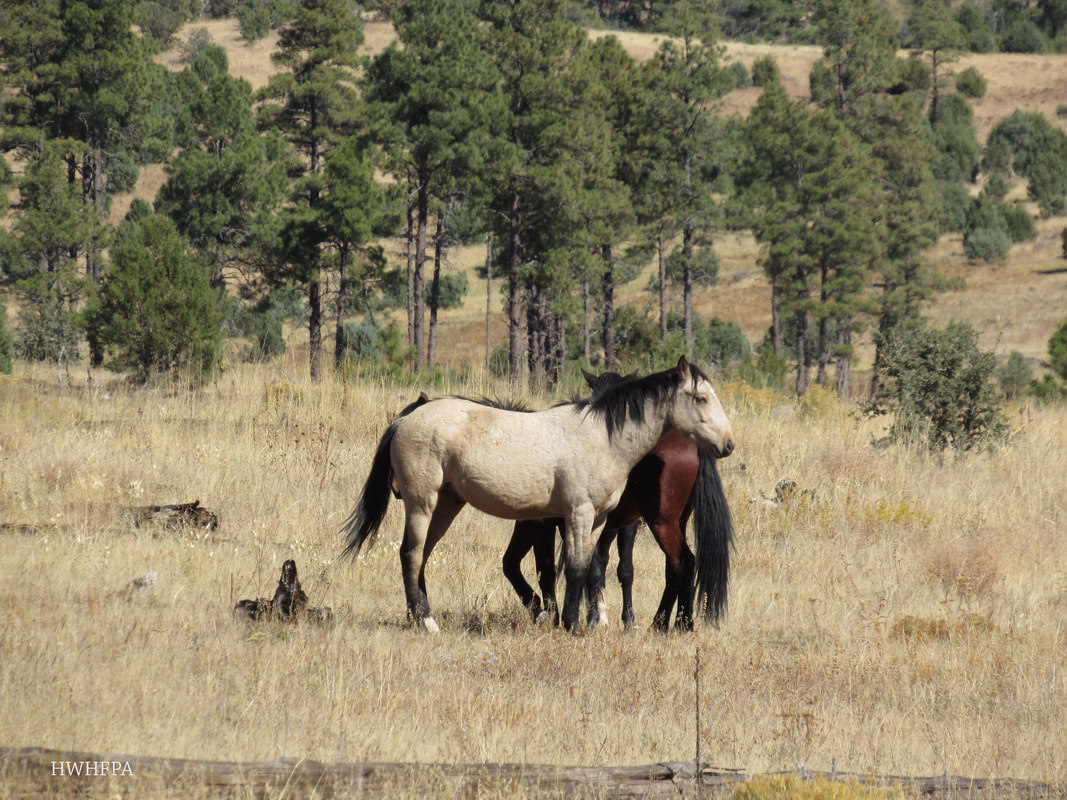
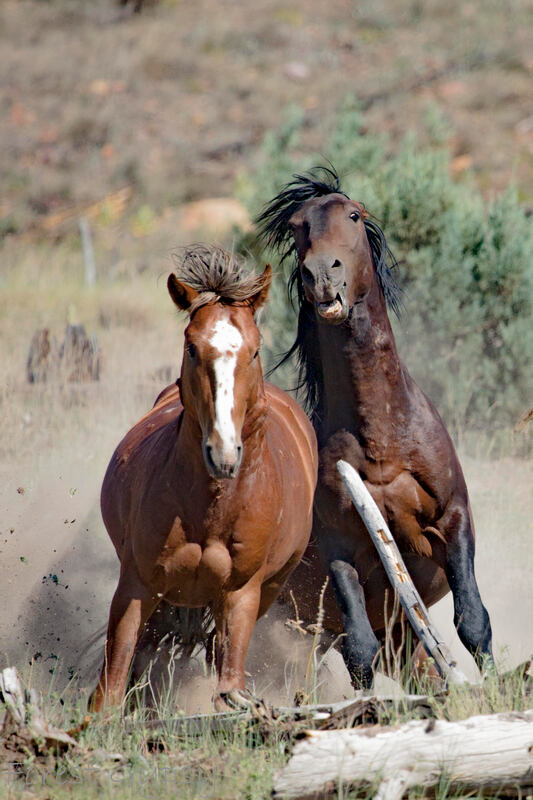

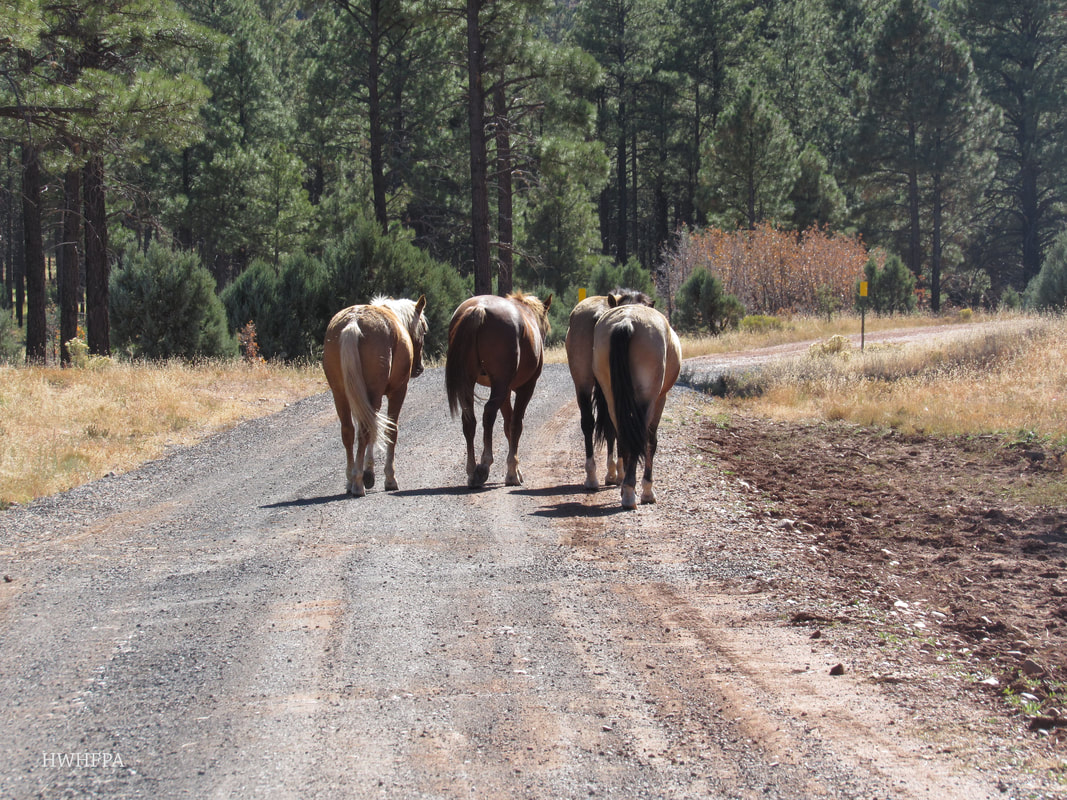
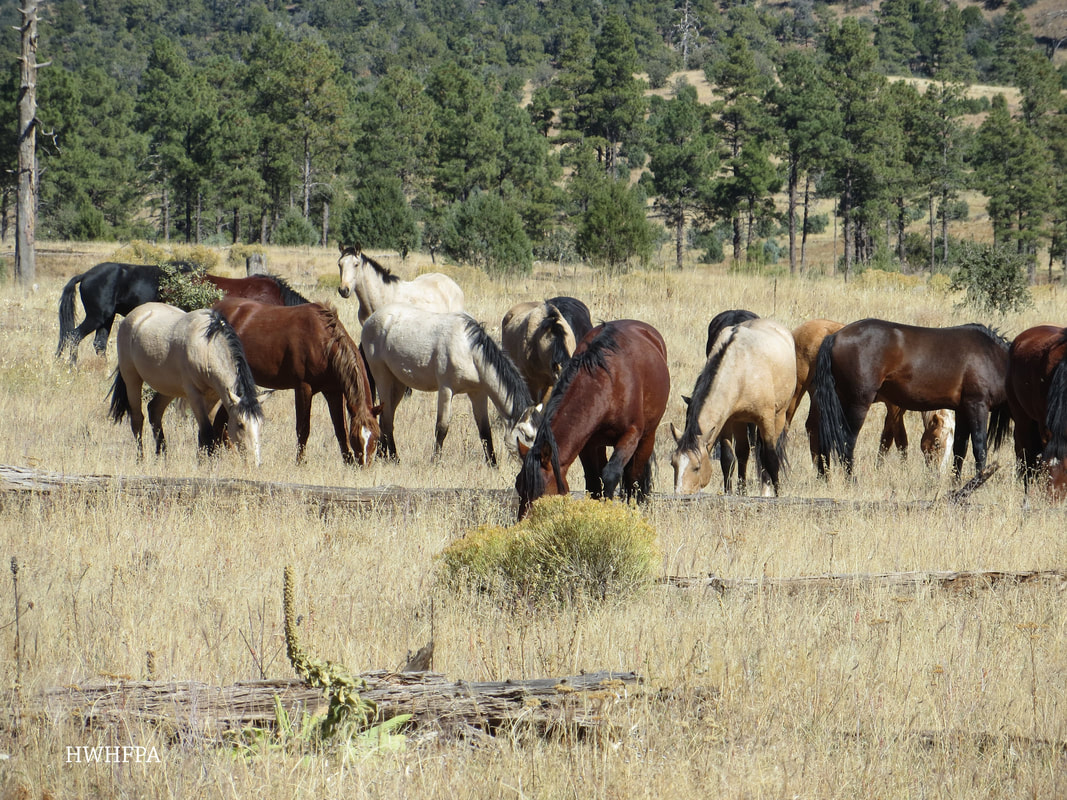

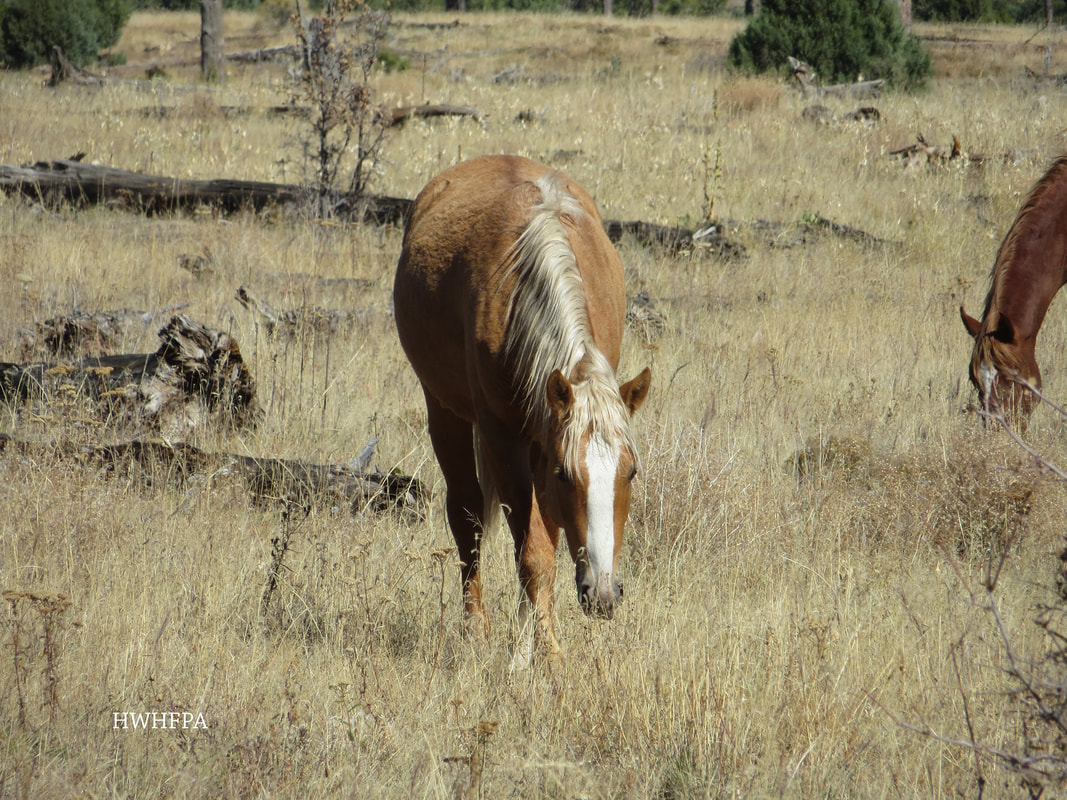
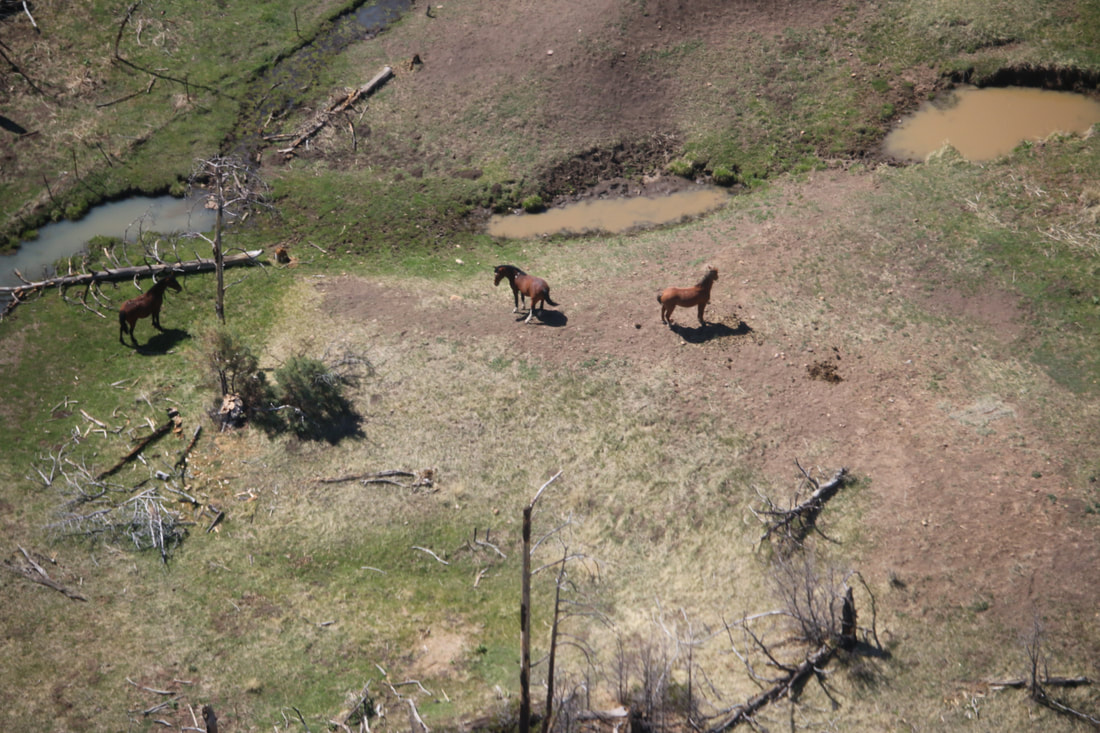
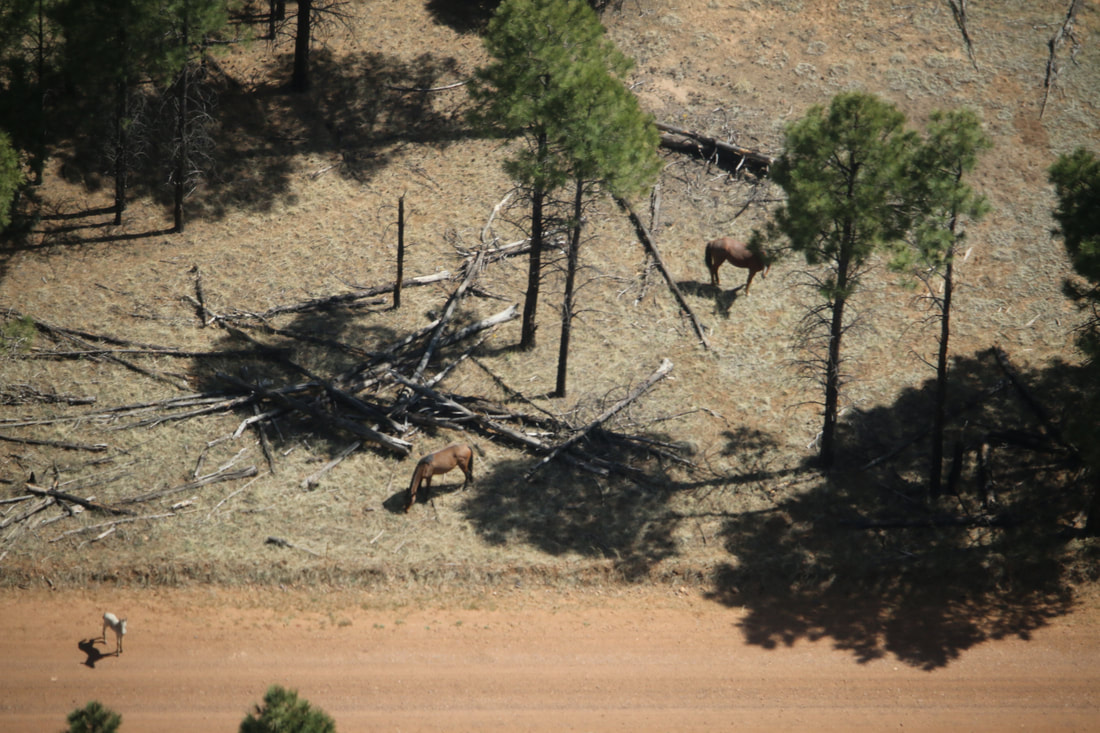
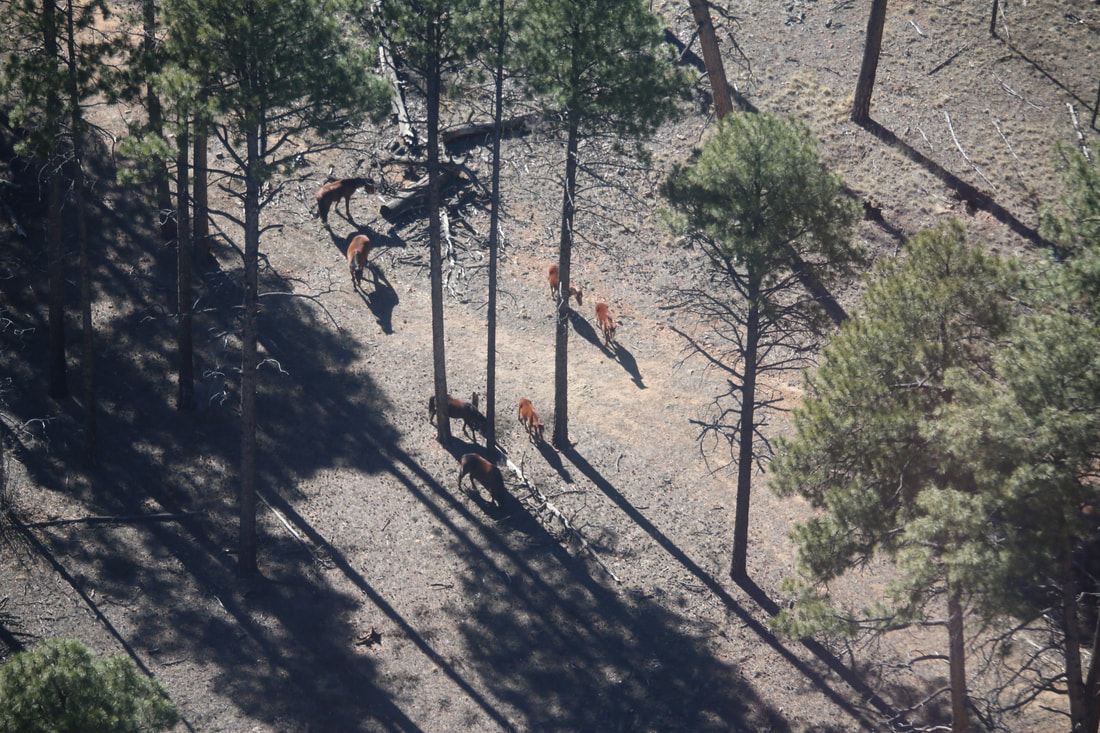
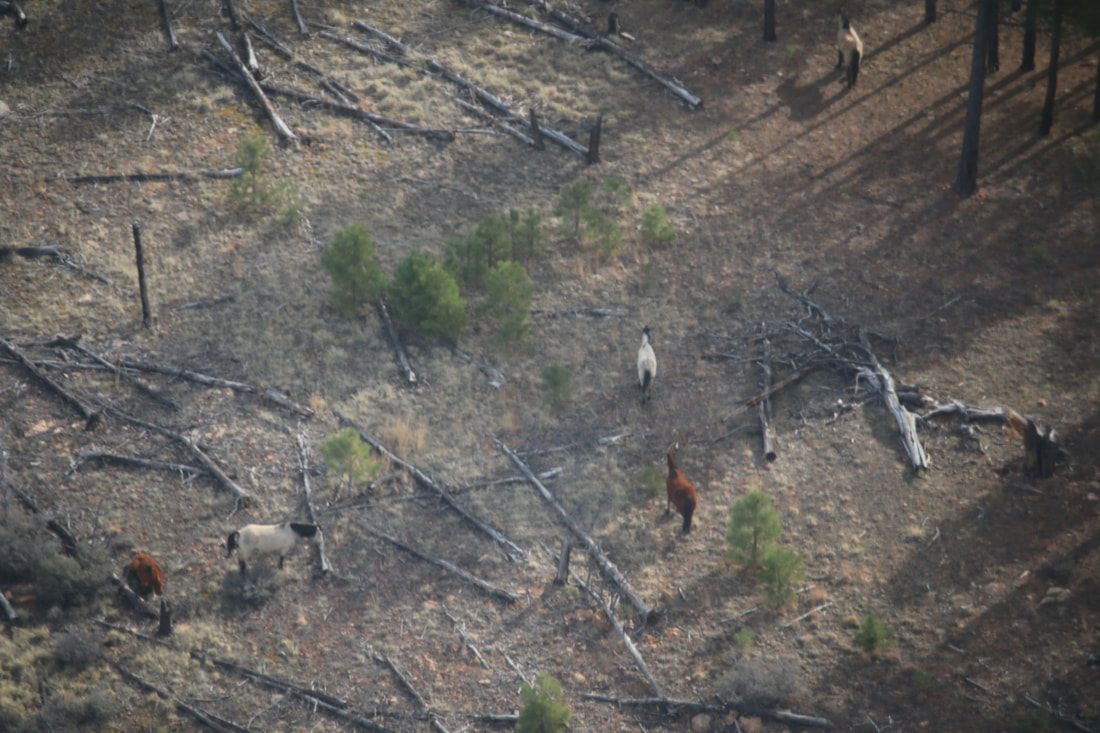
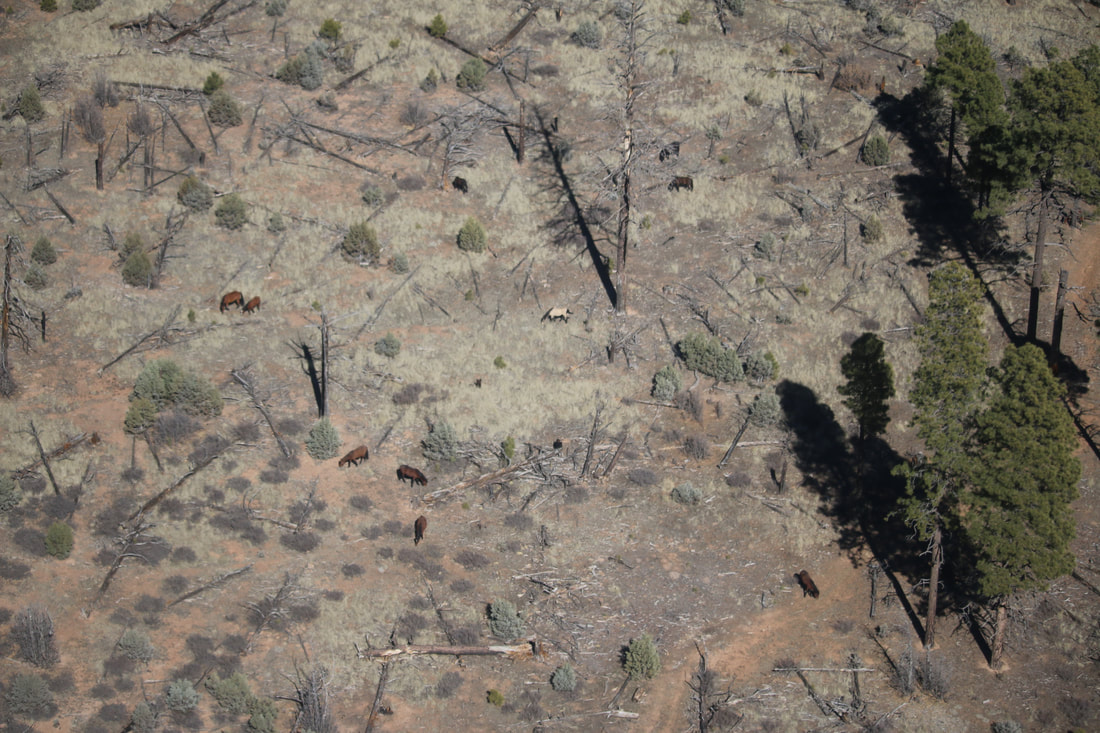
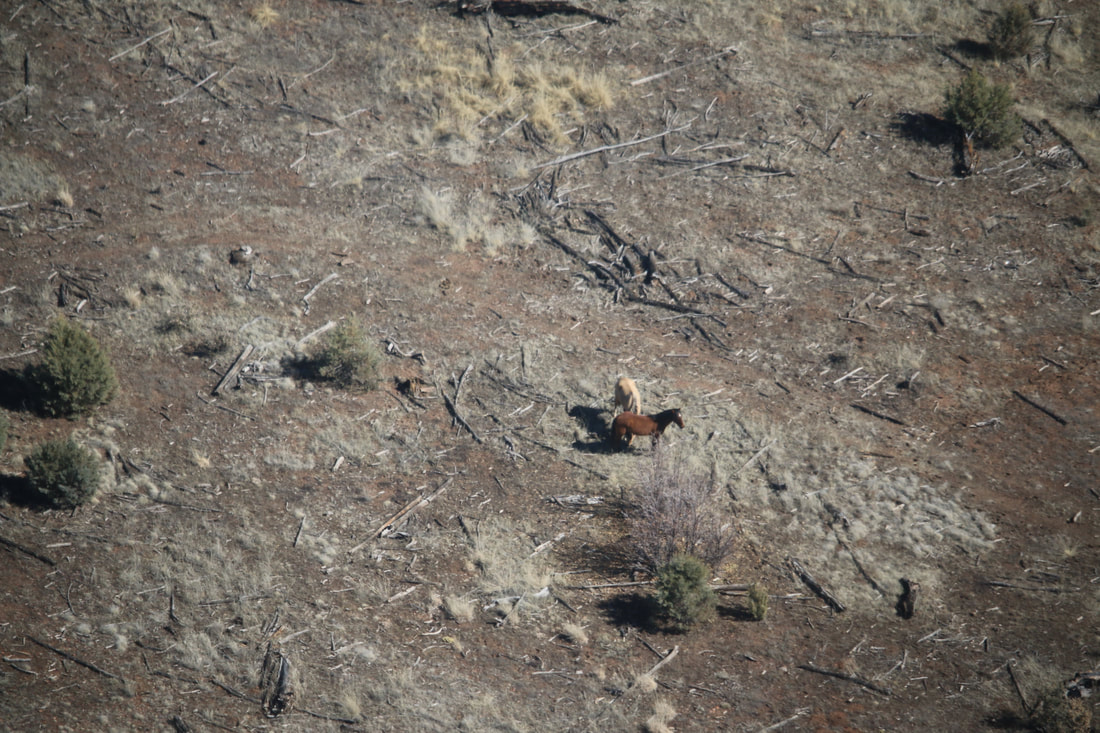
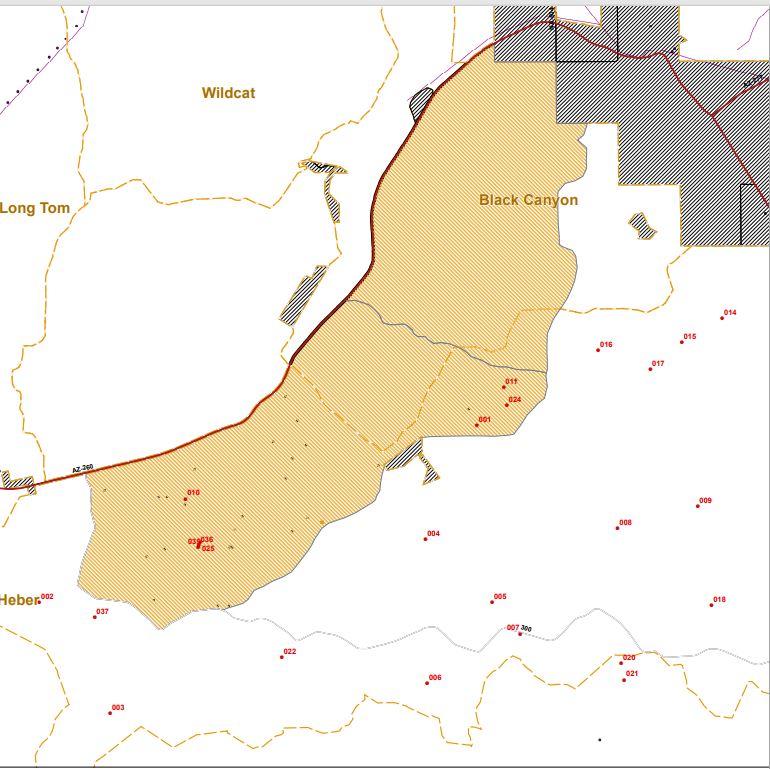
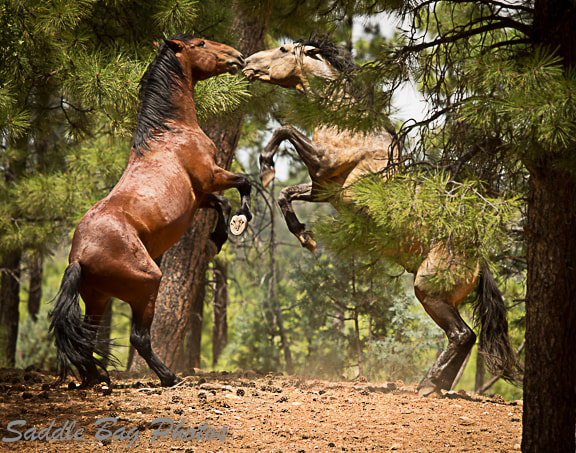
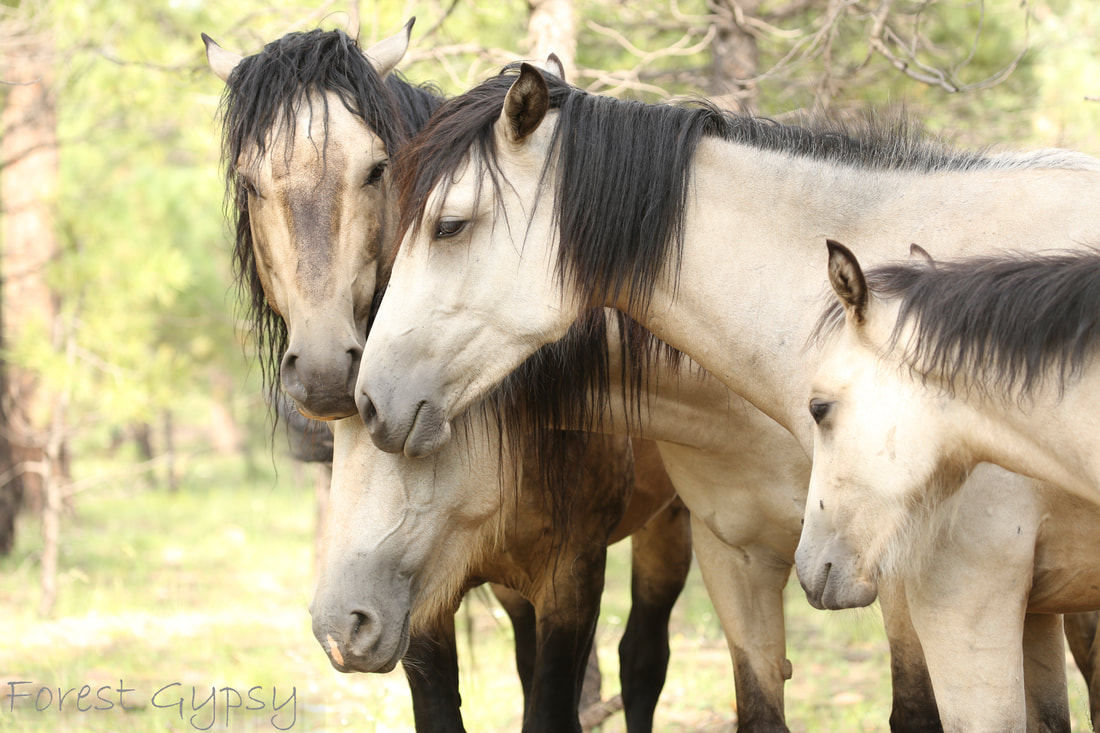
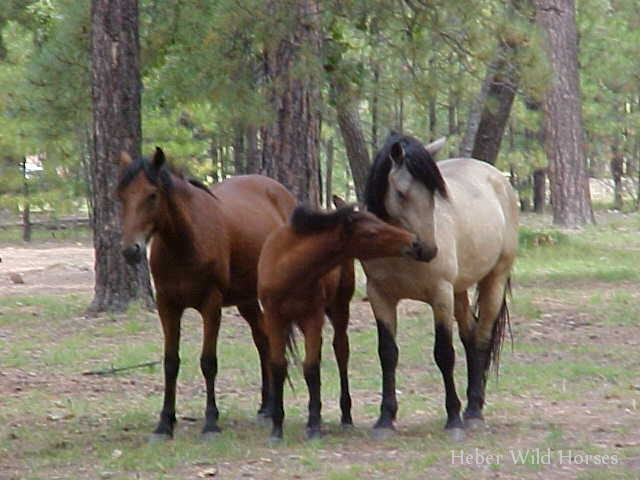
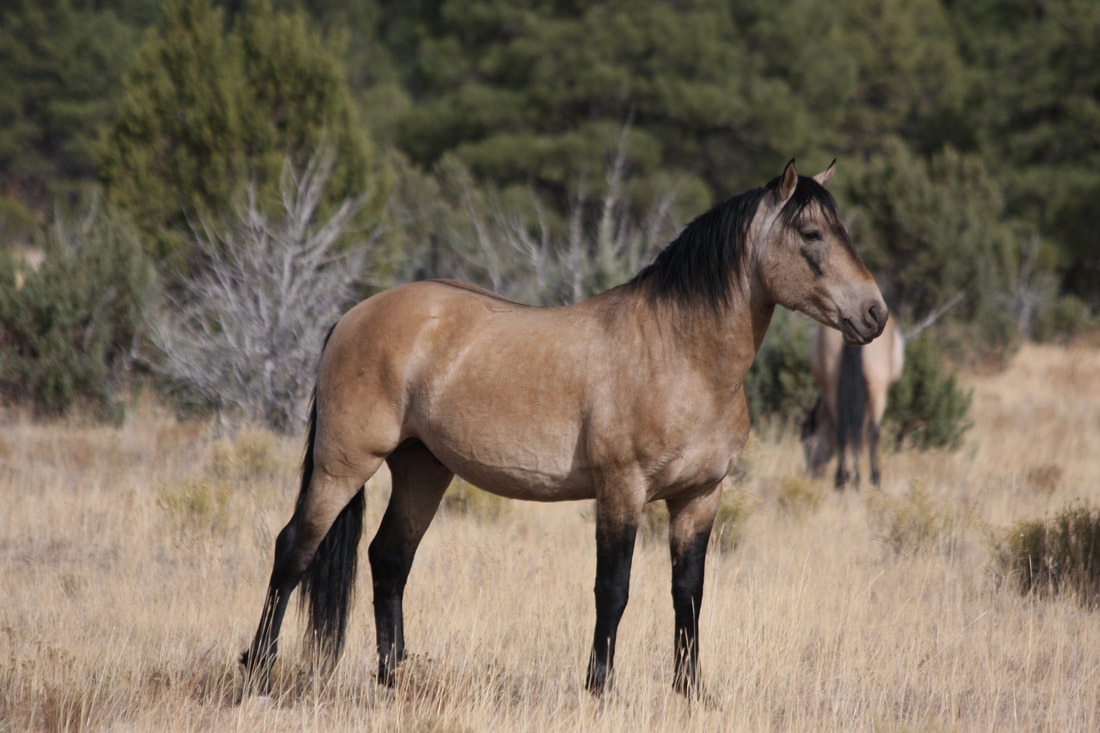
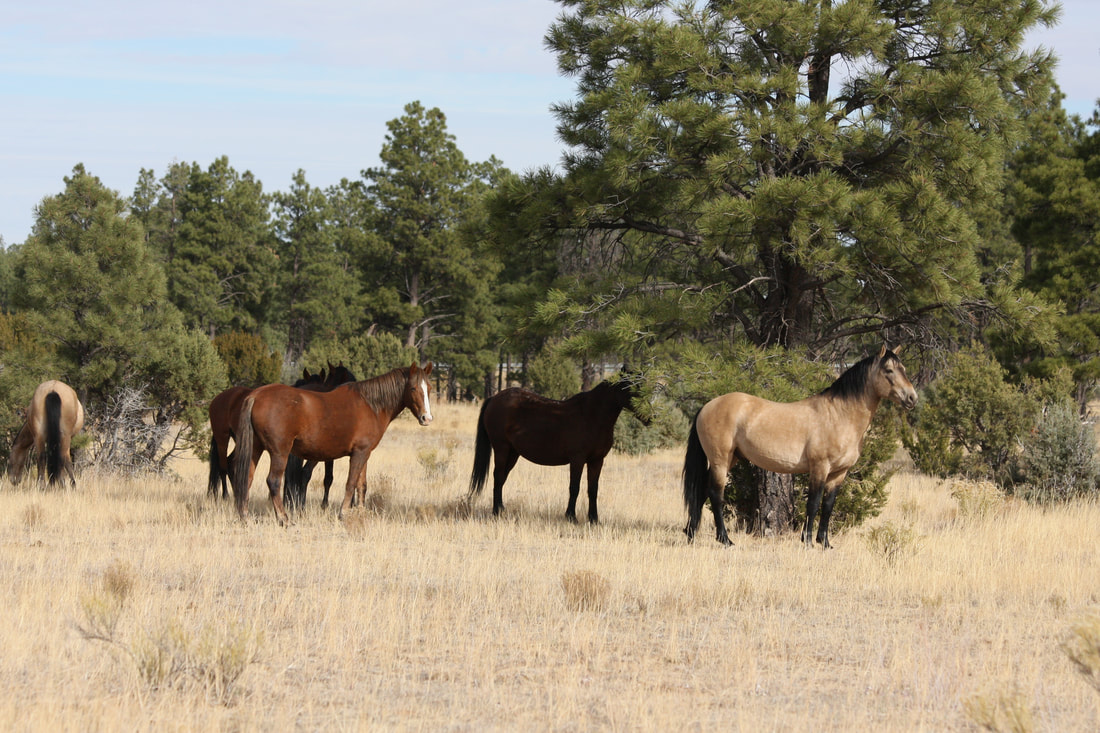
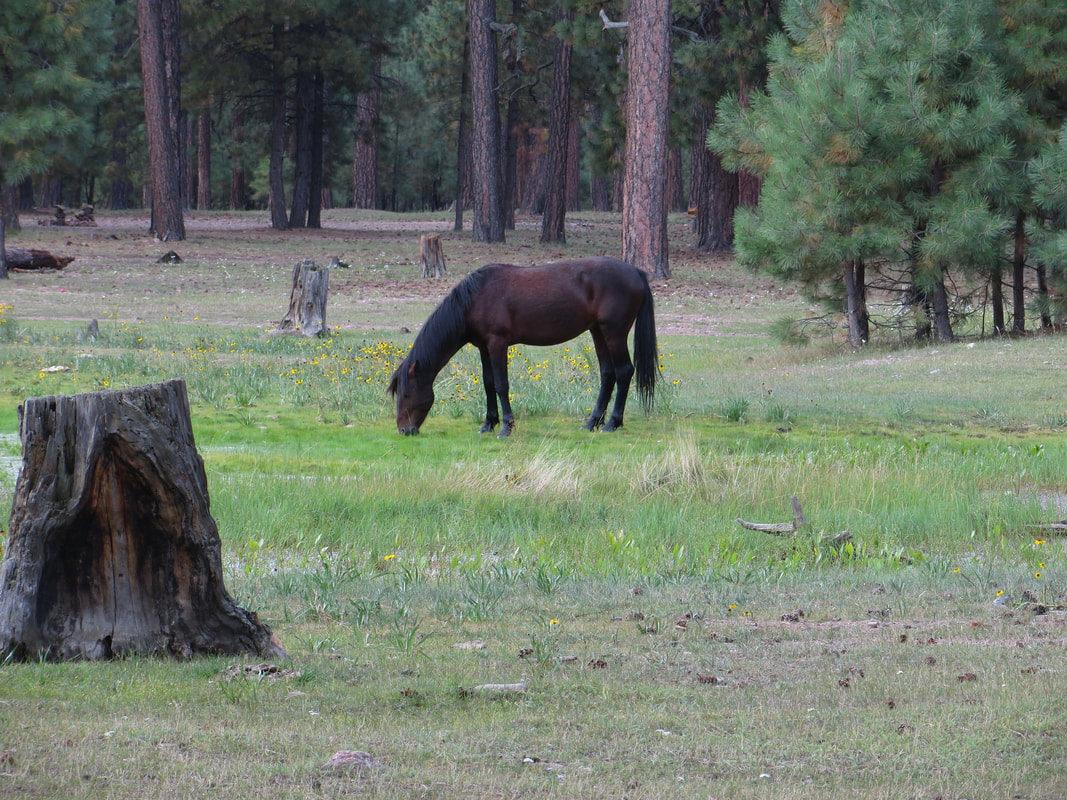
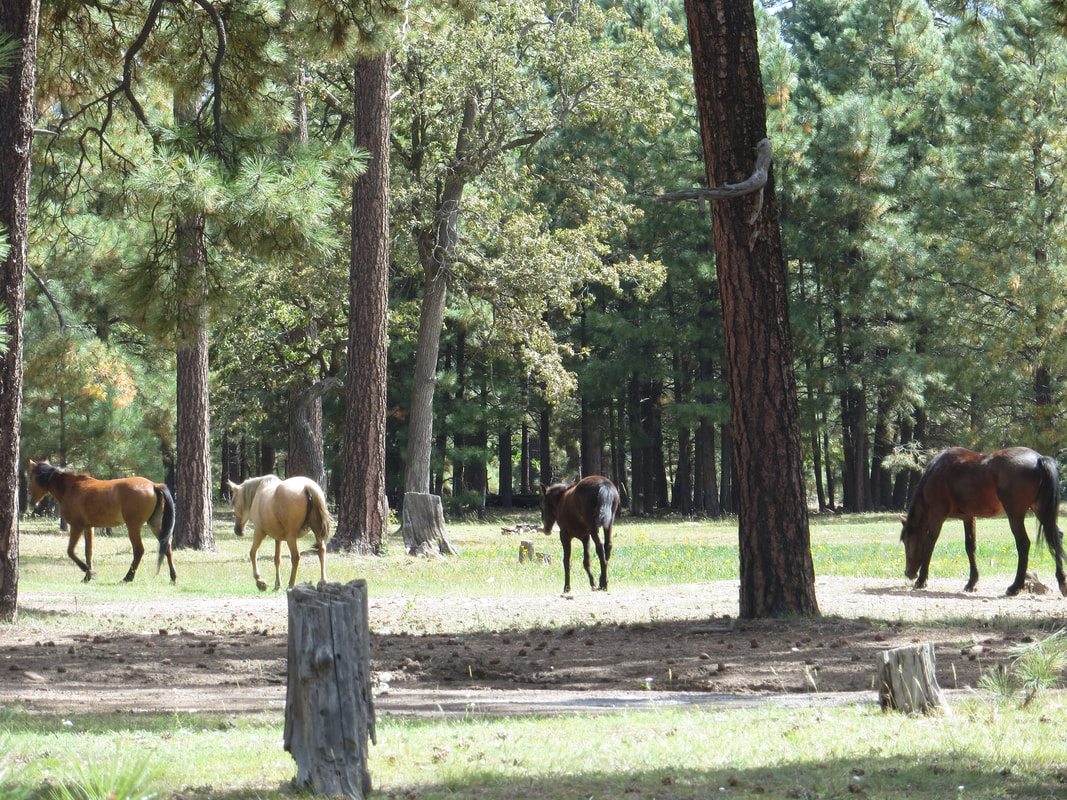
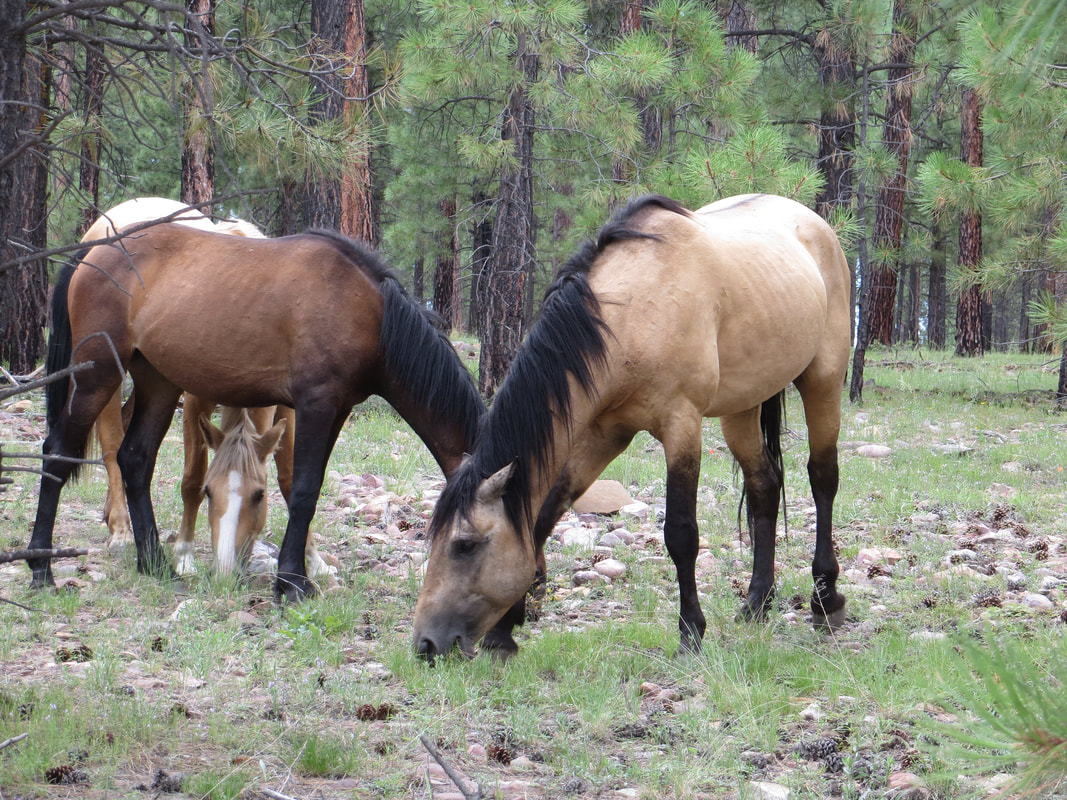
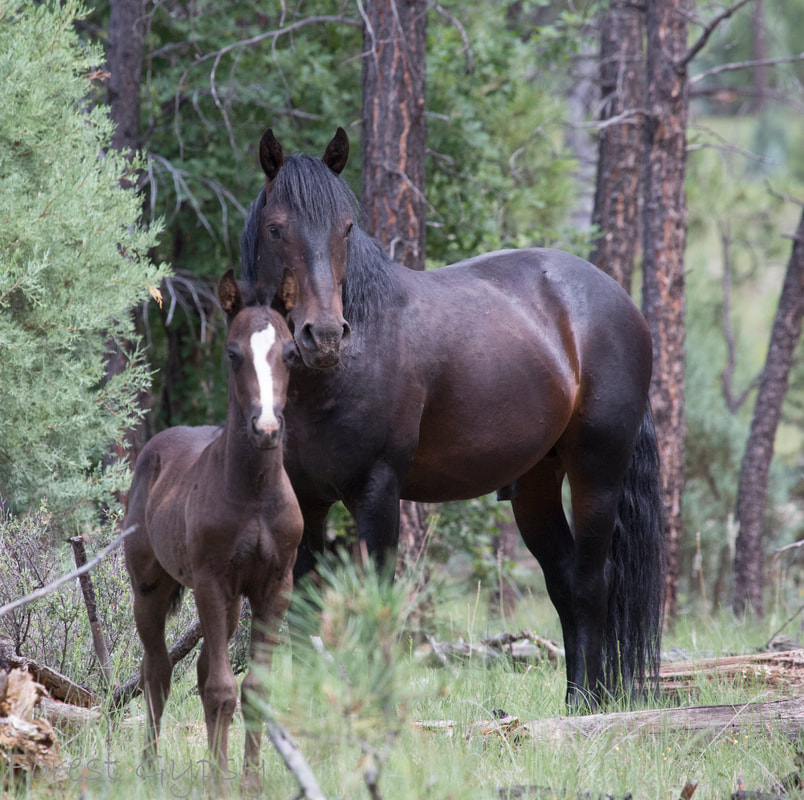

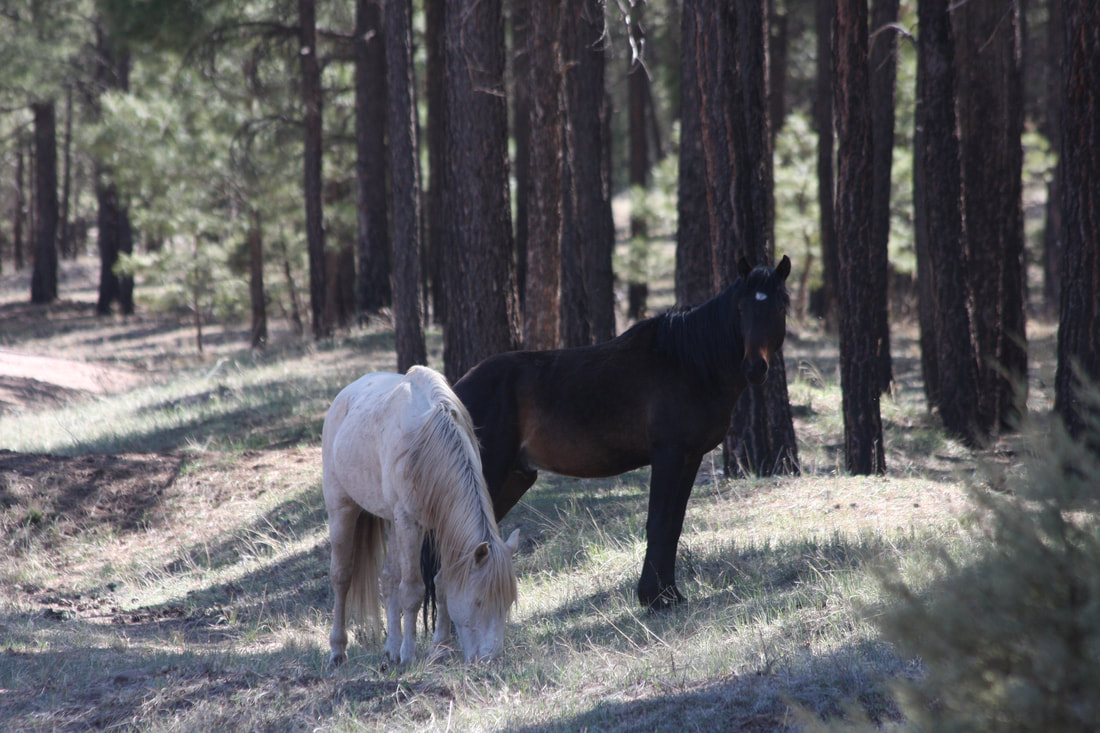
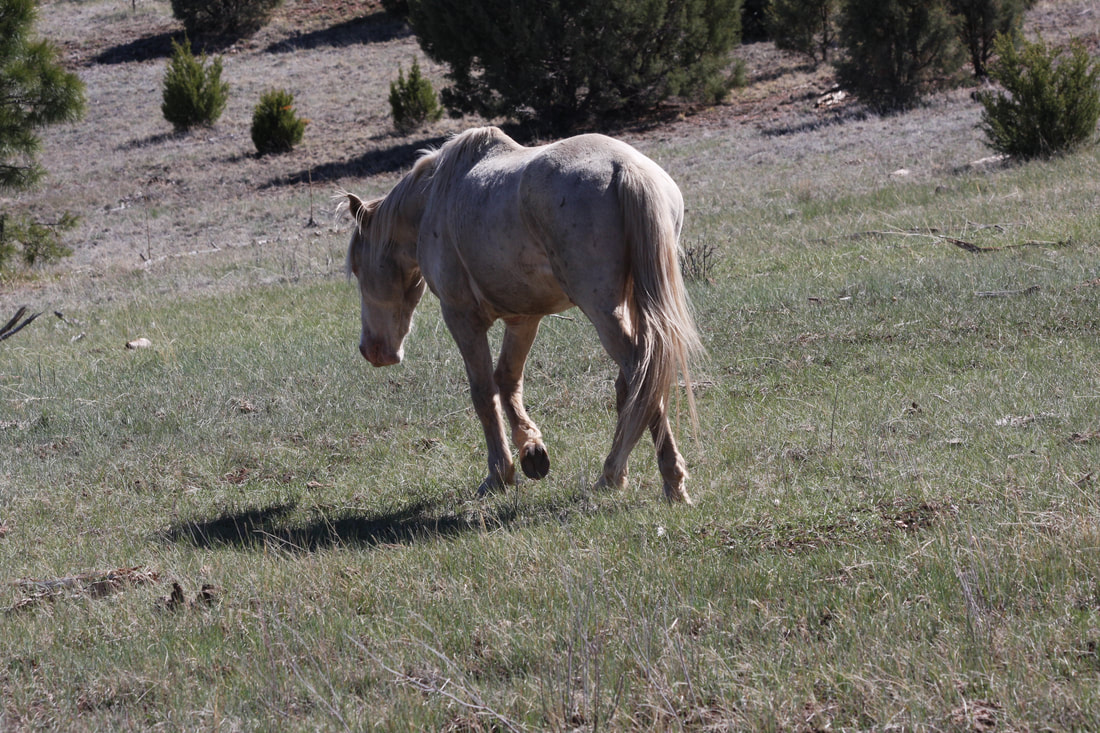
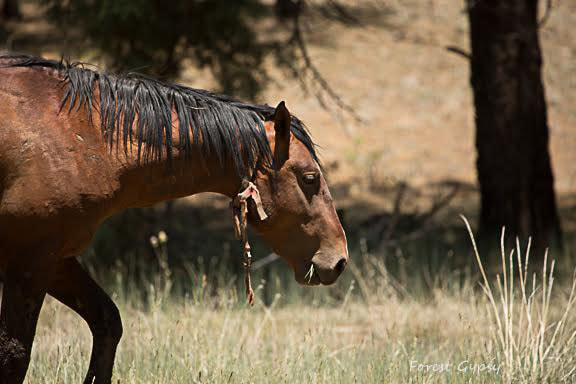

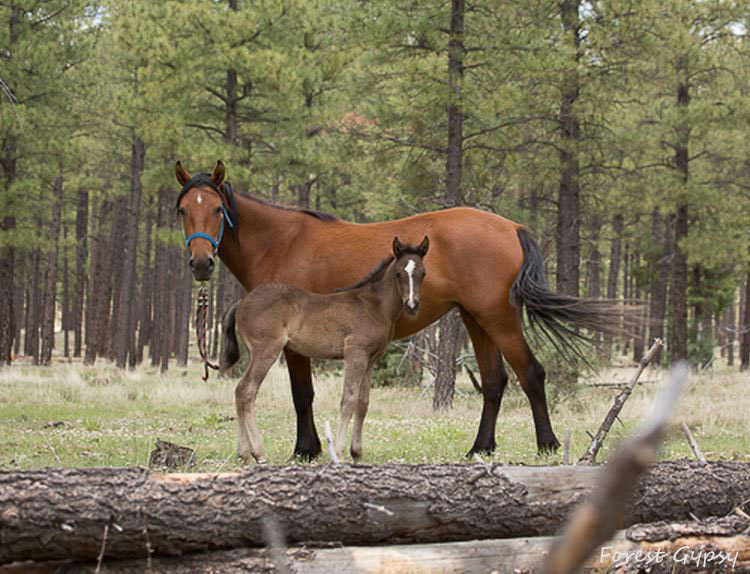
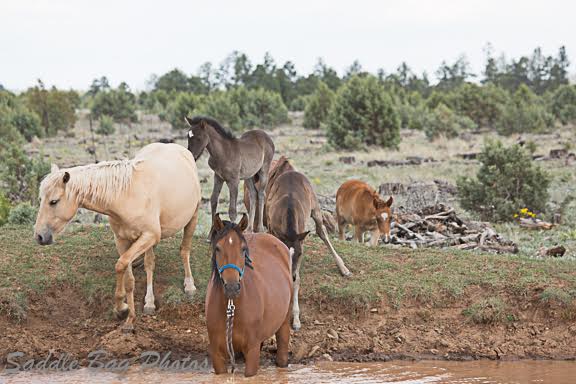
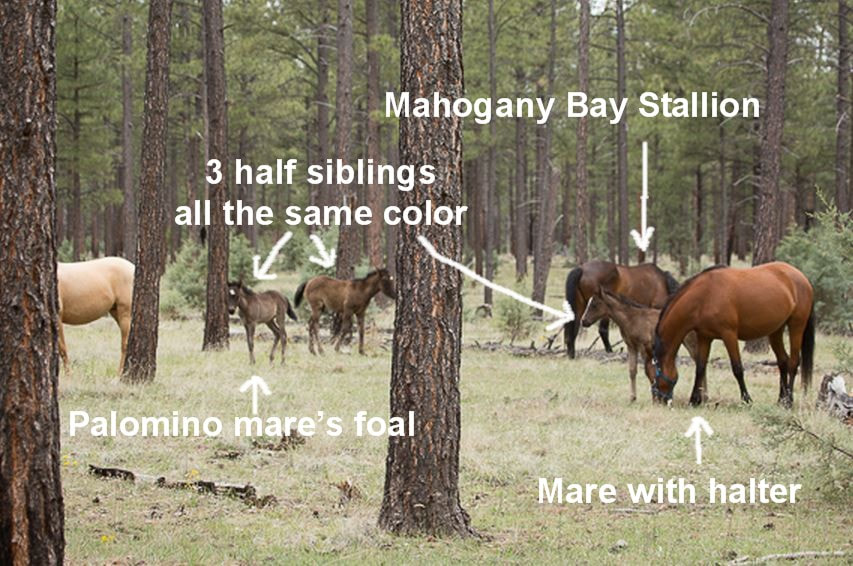

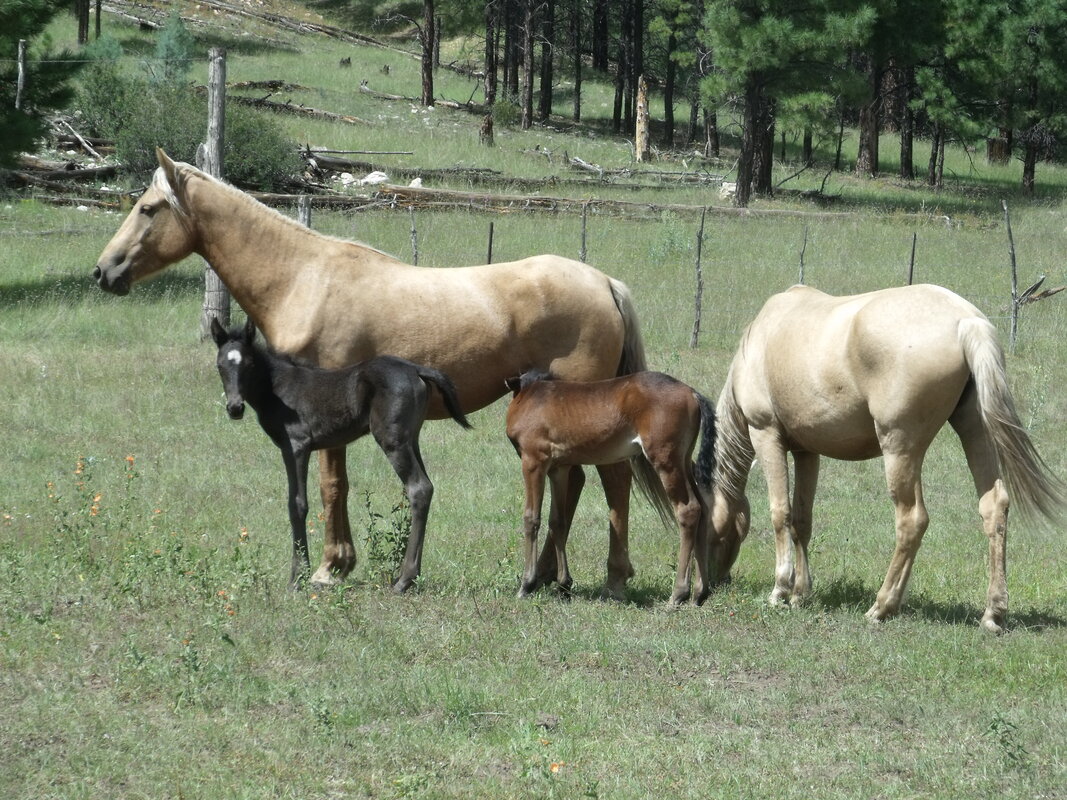
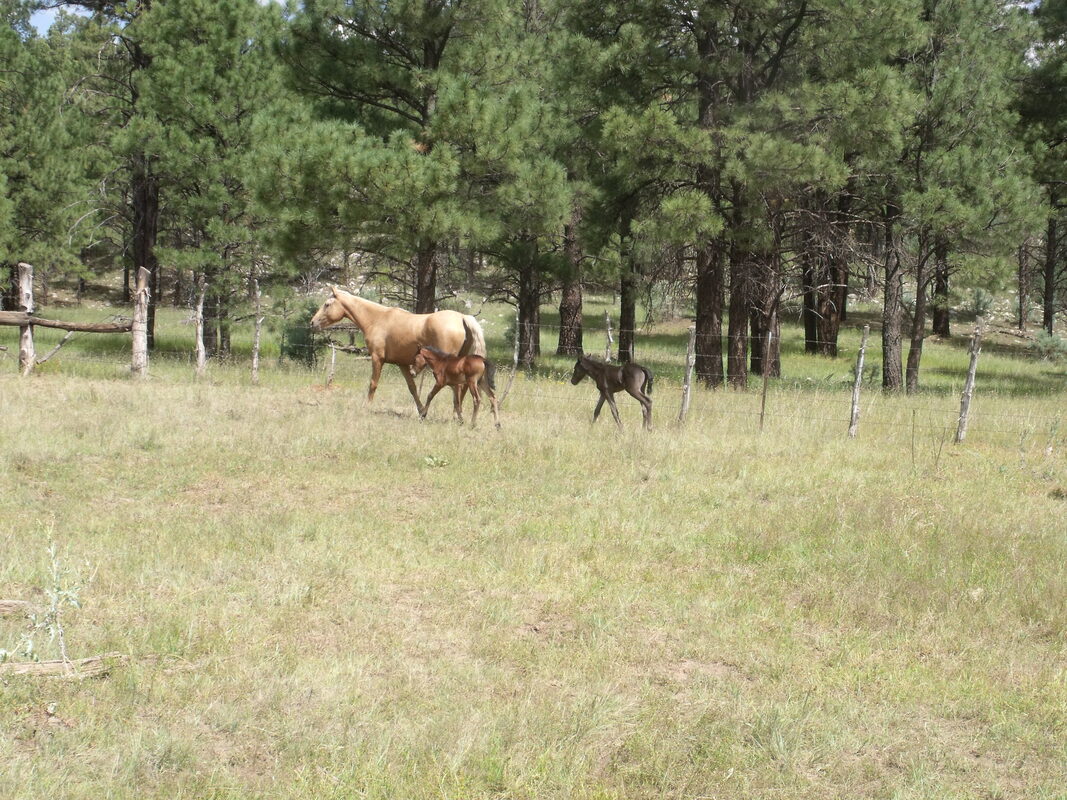
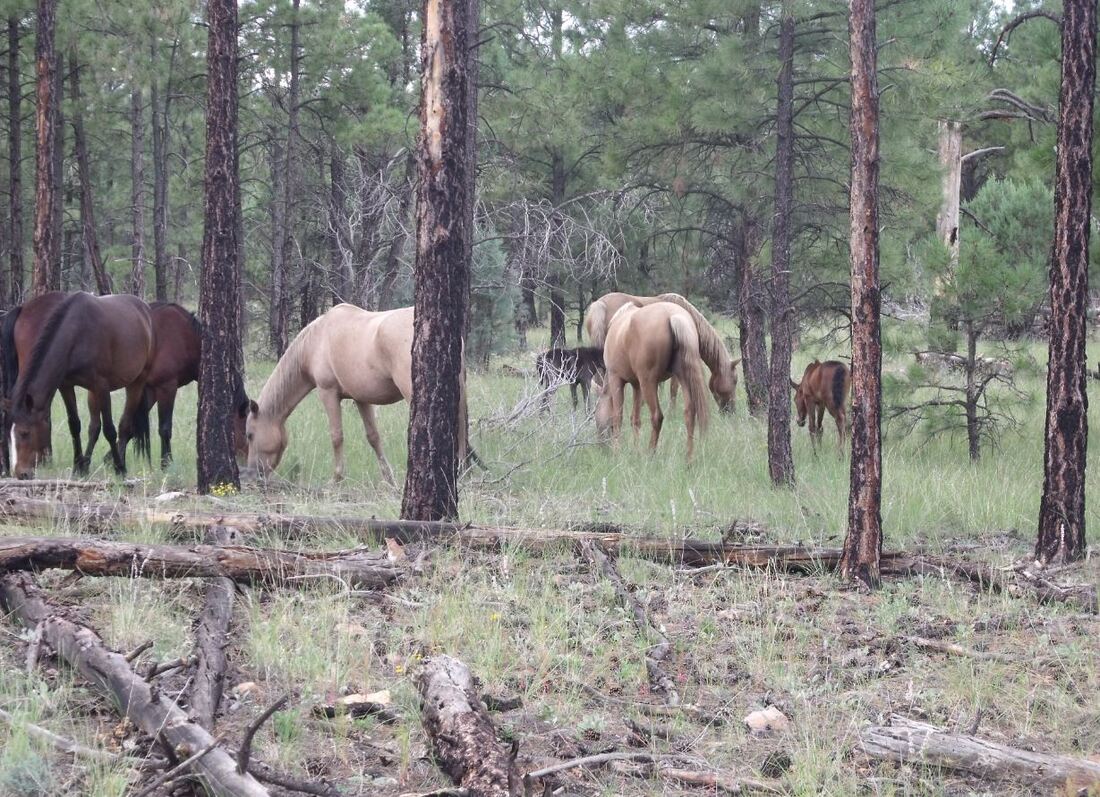
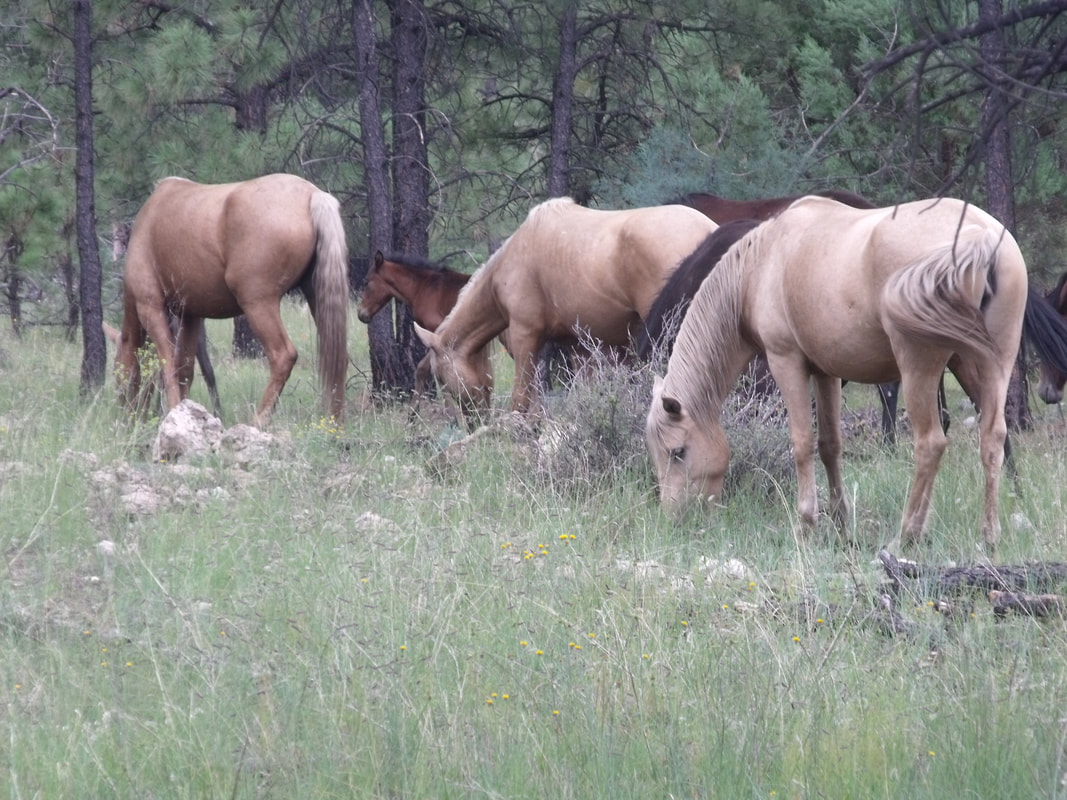
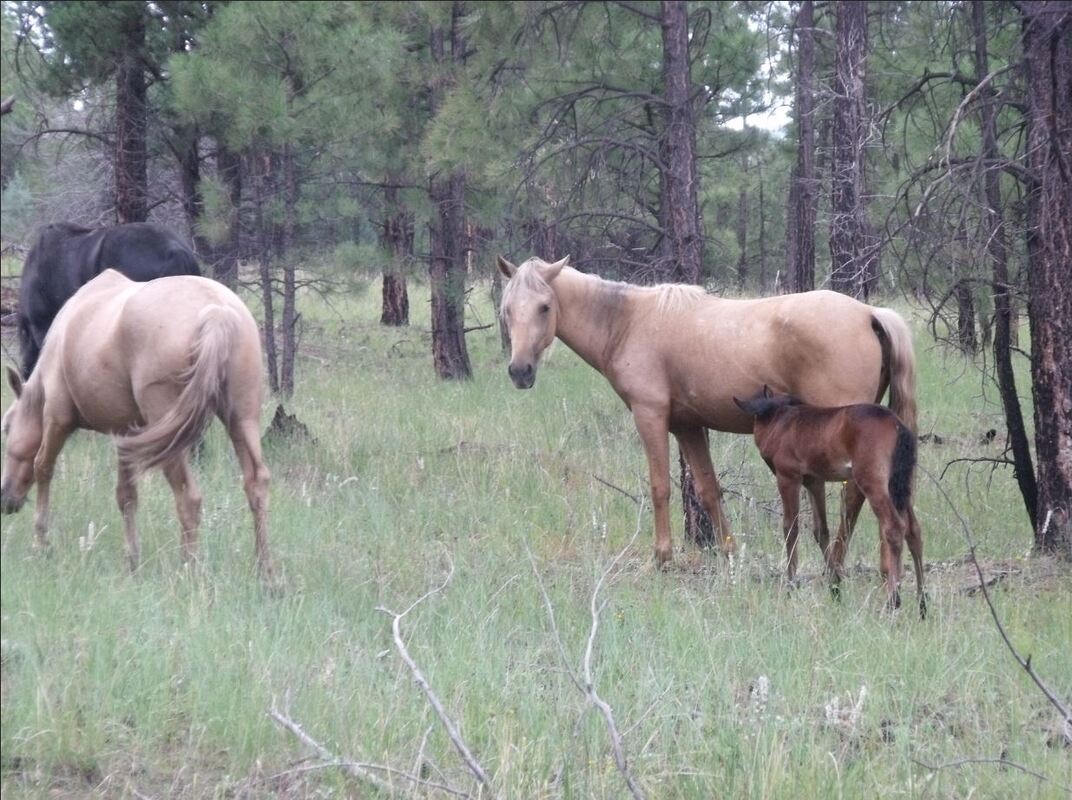
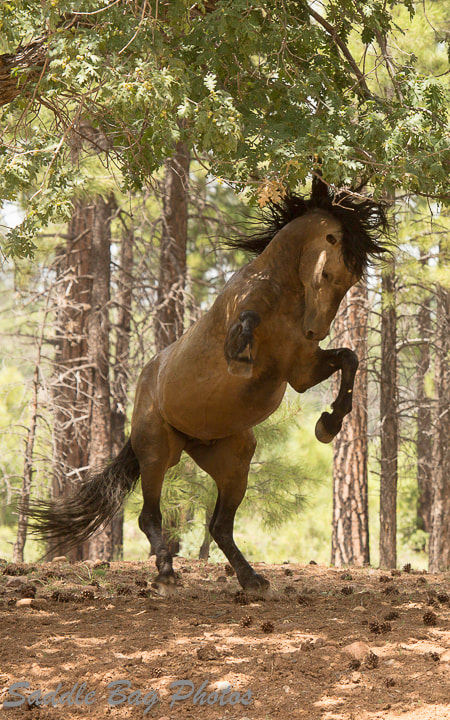
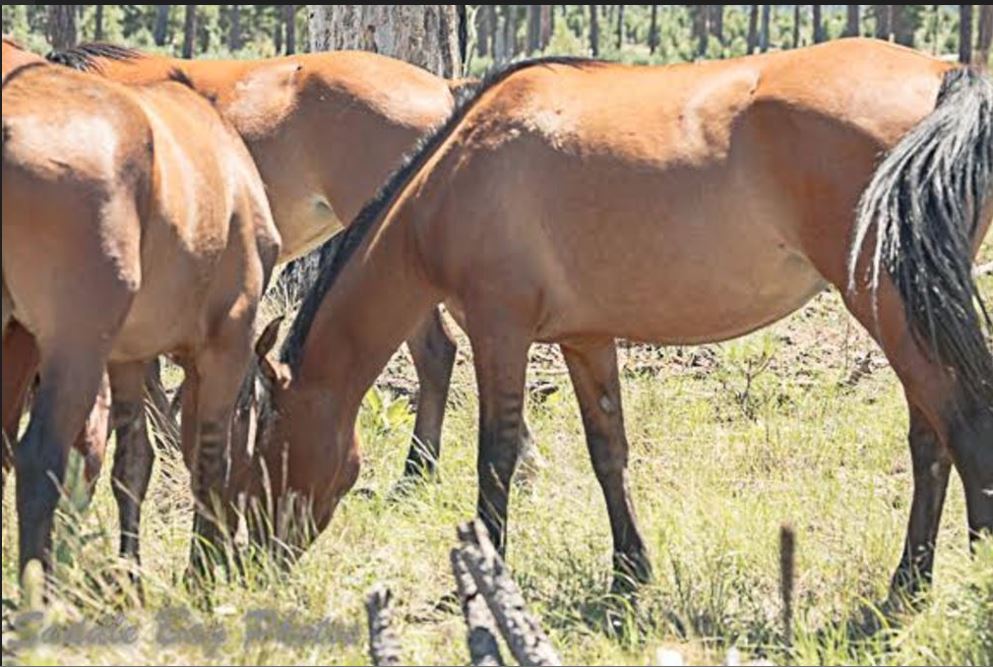
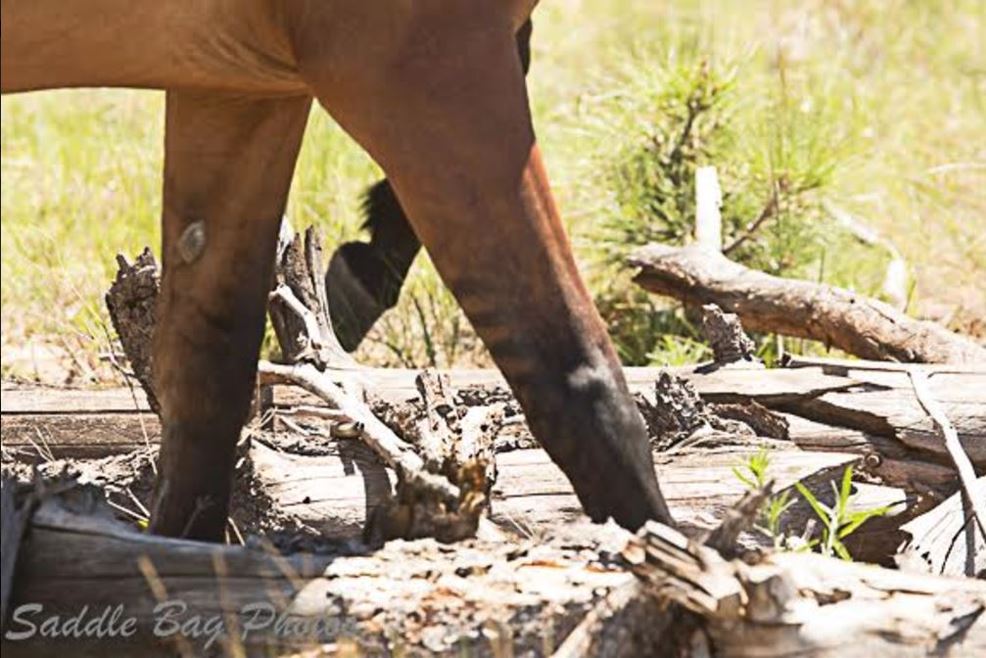
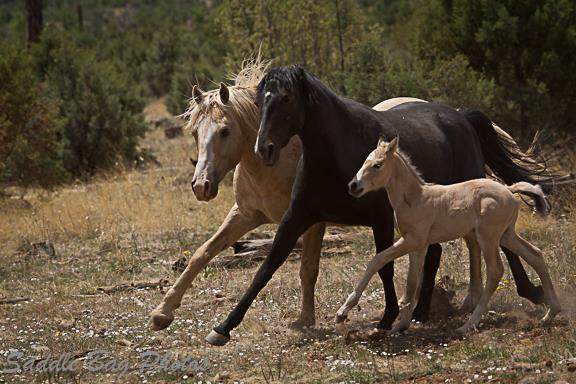

 RSS Feed
RSS Feed
